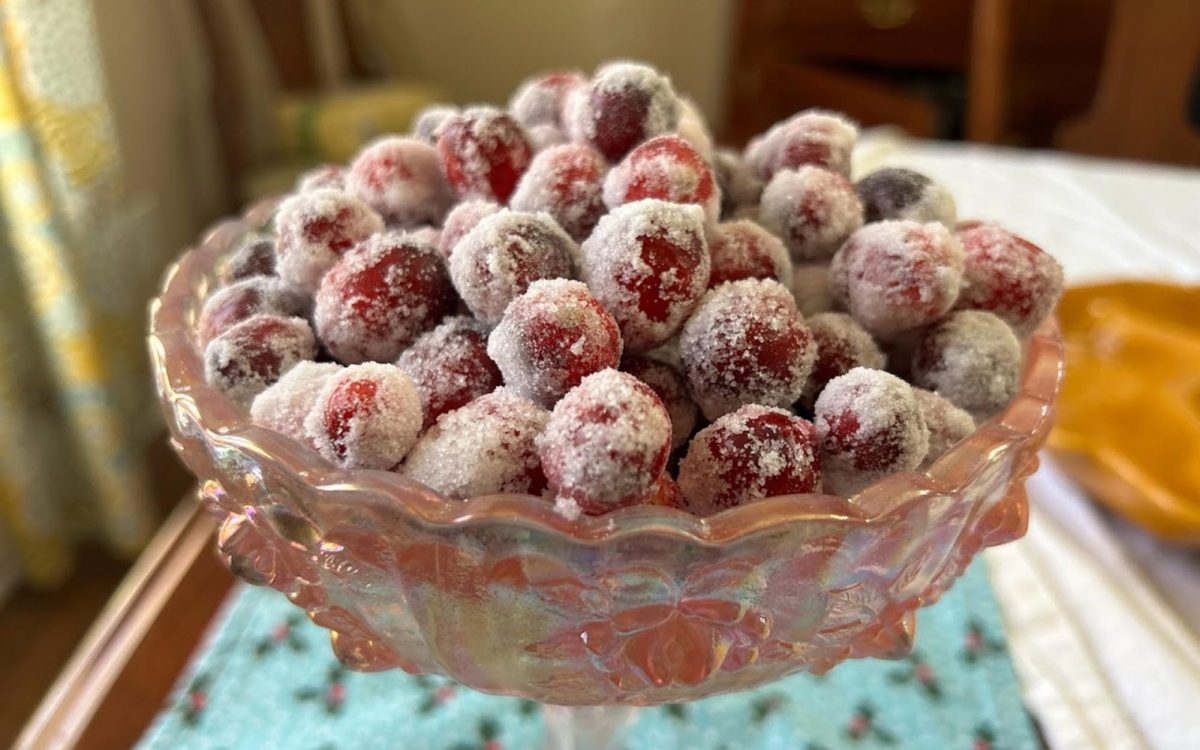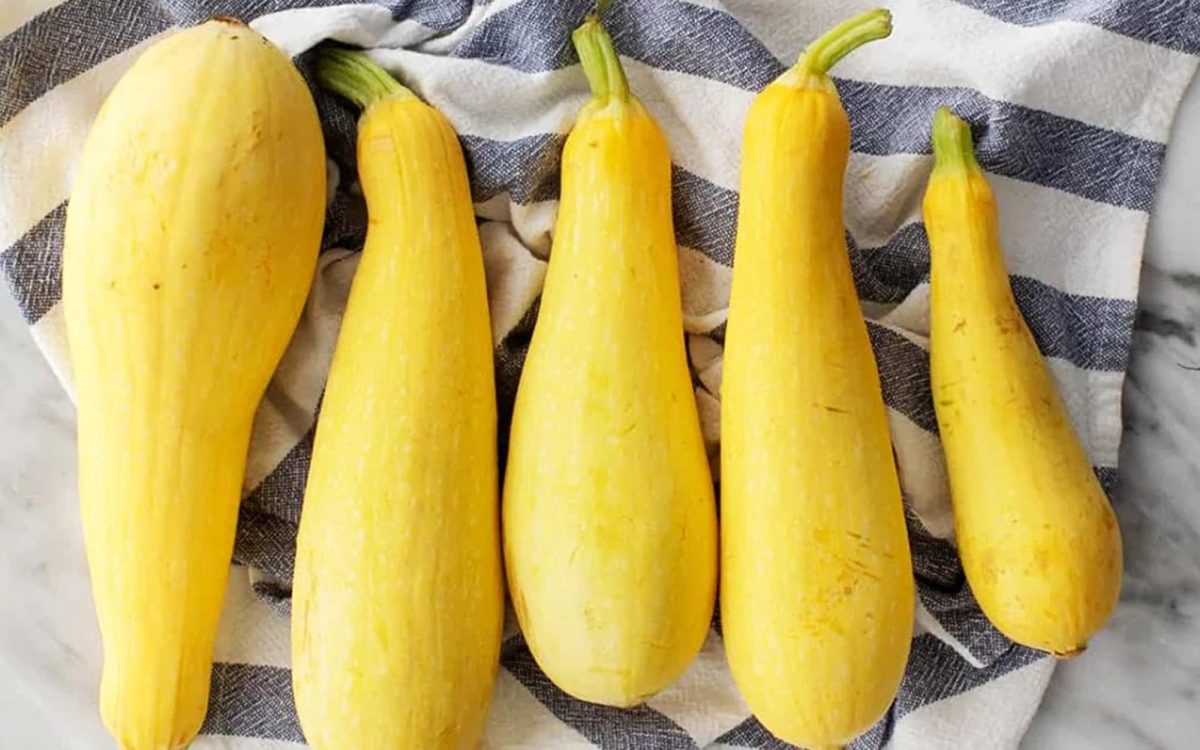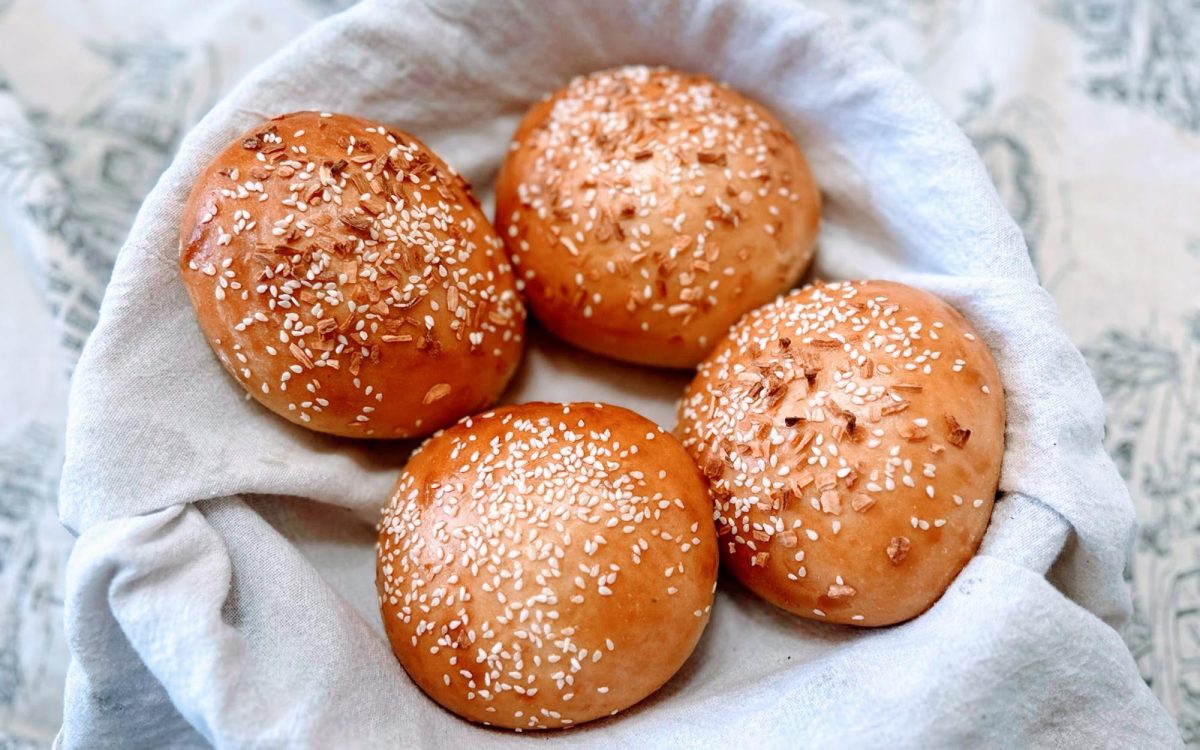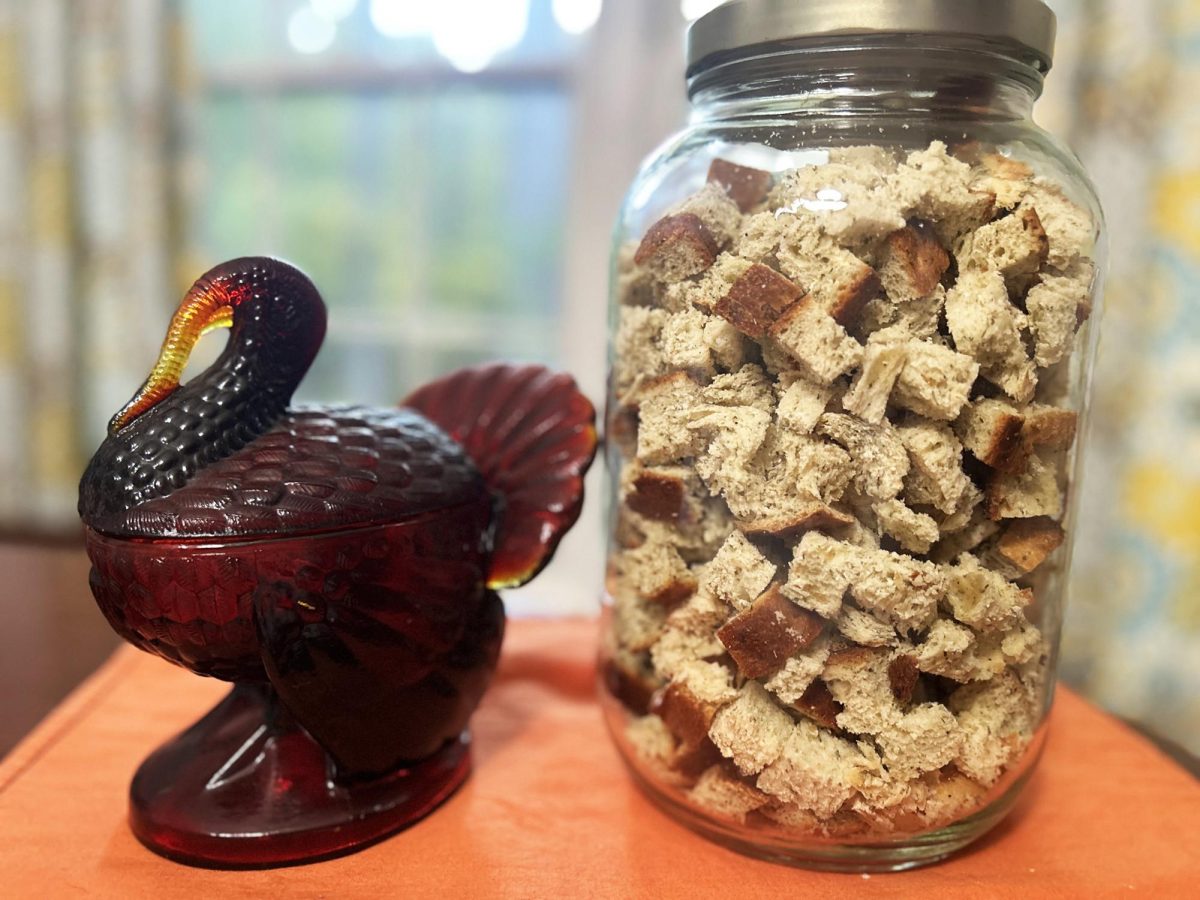Each fall into winter, there’s excitement upon the arrival of pumpkins and cranberries. Not only are they a sign of the season, but unlike apples, zucchini and other produce, they are only available one time a year. Fresh cranberries have the shortest window of availability and therefore deserve to be showcased.
Fresh cranberries are only harvested in the fall. They appear in grocery stores from mid-November until they are sold out, which is typically the end of December. Because this tart berry is so scarce during the year, food preservationists find creative ways to enjoy it all year long.
The inventor of cranberry sauce is Elizabeth Lee, a New Jersey grower. Being a thrifty farmer, she used damaged berries to make jelly, which she called “bog sweet.” Eventually, she became partners with Marcus Urann of Massachusetts, and their business is now called Ocean Spray, the largest producer of canned cranberry sauce.
Native Americans also preserved cranberries, or “sasemineash,” by drying them, and used the leaves for tea and berries for dying clothes. When the Pilgrims arrived, they renamed the tart berries “craneberry” as the color reminded them of a Sandhill crane. They sweetened cranberries with maple syrup and honey to counteract the tartness in dishes. Today, some modern cooks who wish to use less sugar in cranberry dishes add a small amount of baking soda to neutralize the acid.
 Cranberry enthusiasts employ this seasonal berry in creative ways including cranberry salsa, mustard, syrup, liquor, and as a meat sauce. However, the most impressive way to feature fresh cranberries is to frost them with sugar.
Cranberry enthusiasts employ this seasonal berry in creative ways including cranberry salsa, mustard, syrup, liquor, and as a meat sauce. However, the most impressive way to feature fresh cranberries is to frost them with sugar.
Encrusted in a shell of sugar, the outside of a frosted cranberry sparkles like a snow-covered holly berry sparkling in the sun. Biting into the sugared cranberry, you taste the sweet, crispy outside, then it pops in your mouth with a crisp burst of tartness. Not only are these a stunning addition to a charcuterie board, but sugared cranberries can dazzle the top of a holiday dessert or bob in a holiday cocktail.
Although fancy in appearance, these cranberries are inexpensive and require little effort. Sugaring the berries is a perfect kitchen task for children eager to help with the holiday preparations.
During this short window for fresh cranberries, make the most of this tart treat and make your holidays sweeter.
Sugar-Frosted Cranberries
3 cups of fresh cranberries, room temperature
2 cups of water
3 cups of sugar or superfine sugar (if using regular sugar, pulse in food processor), divided
Dissolve water and 2 cups of sugar in a pan over low heat, stirring often. After the water mixture has reached a simmer and all the sugar has been dissolved, immediately pull off heat and let sit for 2 minutes. Pour into a bowl and add cranberries. Carefully stir to coat cranberries. Place bowl in refrigerator at least 5 hours.
After the time has passed, drain cranberries. Lay on parchment paper without berries touching each other to air dry them for about one hour. The cranberries need to be sticky and wet before rolling, only dried out a little. Roll cranberries in sugar, and place on a cookie sheet to harden at room temperature. Do not store in the refrigerator, because condensation will compromise the sugar coating. I store mine uncovered in a cabinet.
For more recipes, tips and details, visit Laura Macklem’s Preserved Home blog at www.preservedhome.com.
Columns represent the views of the individual writer and do not necessarily reflect those of the North Coast Current’s ownership or management.






